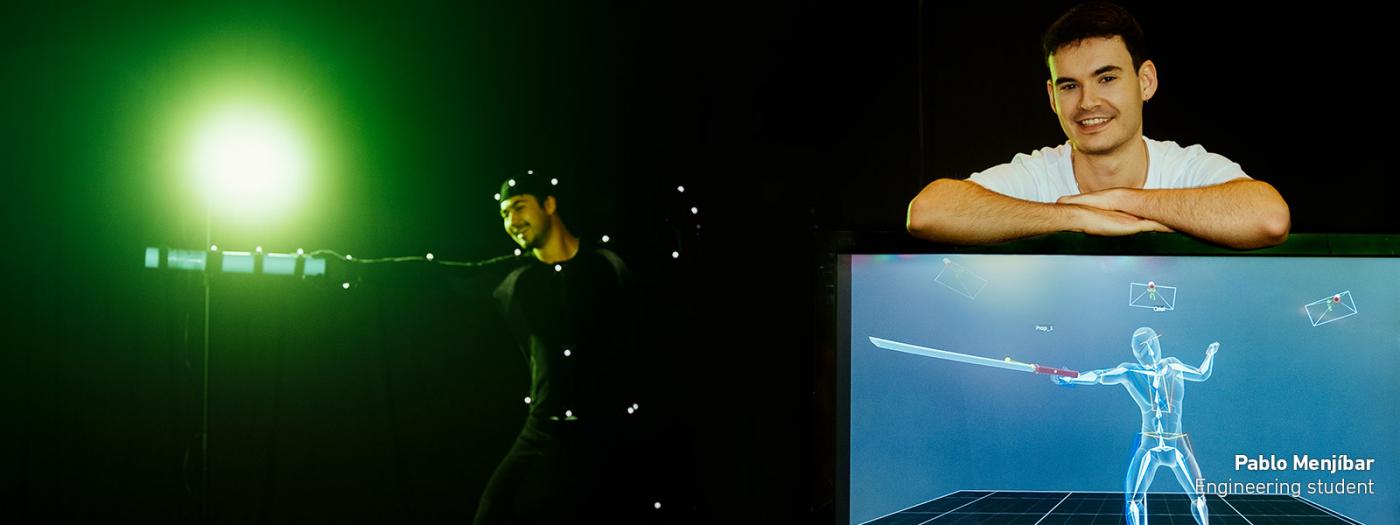Titular Professors
3ds Max basic modeling
The objective of this subject is to provide the knowledge for the 3d animation ans specially to charcater animation
01 To know the existing tools for the animation, evironment and objects in a 3D space
02To know the rules for the use of cameras, animations, lights, and materials within computer-generated environments."
03 To create storyboards for a production purpose
04To know how to create and animate a character optimized for production and video games."
Basic animation in 3D.
The rules of animation and how to create movement.
Learn storytelling, make them visual trough grafic digital elements.
Biological and mechanical movement simulation
Creating stories, visualization of stories, narrative optimization in movement.
Introduction to 3D: Autodesk 3D MAX.
Creation of the animation and video export.
Character creation and animation using CAT and Bones systems
Introduction and proposal of personal projects:
Story, storyboard, cinematic, screenplay, cameras.
The subject is taught three hours per week. During the classes all content related to the program is taught, always, with the help of several examples and appropriate exercises that are part of the continuous assessment. In addition, two practices are held throughout the year where students will implement all knowledge learned along the course.
You are expected to submit 3 exercises (continuous assessments) and 1 mandatory practices about several topics. There will not be intermediate evaluation checkpoints Students opting to July retrieval will have a maximum score of 7 out of 10.
-Continuous assesment (40%)
- Assistance in the classroom and attitude (10%)
-Final Project (40%)
-Exam (10%)
To pass the course students must:
- Pass all mandatory practices with a minimum score of 5 out of 10.
- Pass the Final Project
WILLIAMS Richard, The Animator's Survival Kit by Richard Williams; Faber & Faber (2002)
JOHNSTON Ollie, THOMAS Frank. The Illusion of Life: Disney Animation by Ollie Johnston, Frank Thomas; Disney Editions; Rev Sub edition (1995)
PRESTON BLAIR. "Animation cartoon". Editorial Icaria (1994)
SAENZ VALIENTE, Rodolfo. Arte y técnica de la animación: clásica, corpórea, computada para juegos o interactiva. Editorial: Ediciones de la flor (2006)
STEED Paul. Modeling a Character in 3dsmax.Wordware Publishing (2002)
BIRN Jeremy. Digital Lighting & Rendering. New Riders (2000)
DANIELE TODD, Poly-Modeling with 3ds Max: Thinking Outside of the Box (2015)
LEGASPI Chris, Anatomy for 3D Artists: The Essential Guide for CG Professionals (2015)
BIRN Jeremy, Digital Lighting & Rendering. New Riders (2000)
